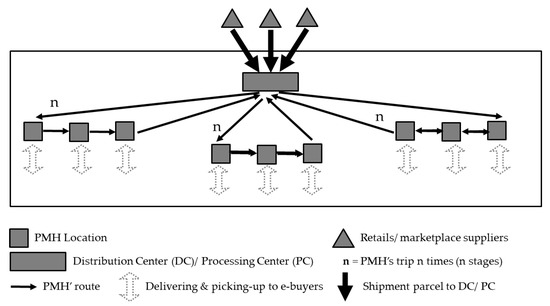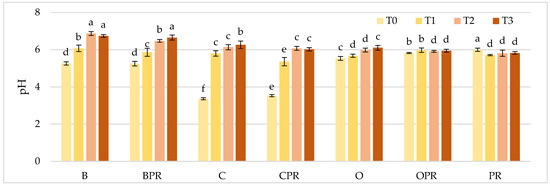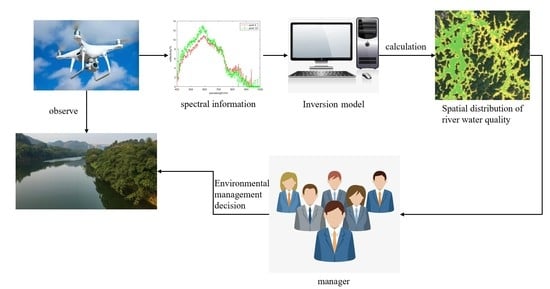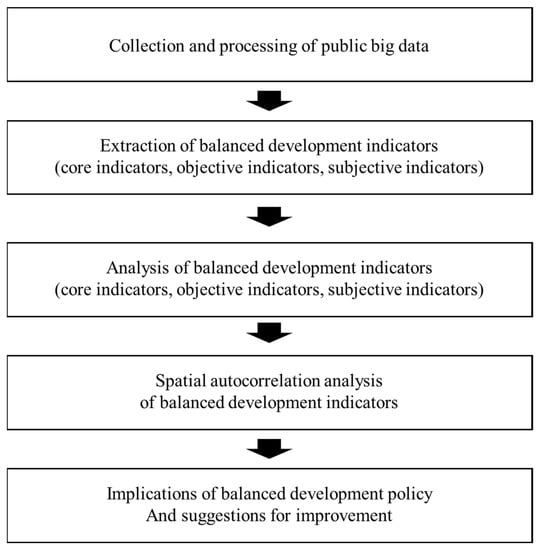1
Escuela Técnica Superior de Ingeniería Agronómica, Alimentaria y de Biosistemas, Universidad Politécnica de Madrid, 28040 Madrid, Spain
2
Instituto de Ciencias de la Educación, Universidad Politécnica de Madrid, 28040 Madrid, Spain
†
These authors contributed equally to this work.
Sustainability 2022, 14(23), 16233; https://doi.org/10.3390/su142316233 - 5 Dec 2022
Cited by 8 | Viewed by 2178
Abstract
This research analyzed the importance of competencies within the development of the cooperative system through the case study of the Tejemujeres Women’s Artisan Cooperative, for which a documentary and field investigation was conducted with a descriptive and explanatory scope under a mixed approach.
[...] Read more.
This research analyzed the importance of competencies within the development of the cooperative system through the case study of the Tejemujeres Women’s Artisan Cooperative, for which a documentary and field investigation was conducted with a descriptive and explanatory scope under a mixed approach. The importance of cooperatives as tools of social cohesion has been considered due to the progress of their members, their strengthening of social capital, and generation of the necessary conditions to adapt to the demands of the place in which they operate. From this perspective, research tools such as surveys, interviews, and focus groups were implemented for a total of 85 participants of the entity under a census and incidental sample approach to analyze each of the responses under the Working With People model, from its dimensions: ethical-social, technical-business, and political-contextual. These responses have been collected in such a way that the skills of the most significant relevance to artisans are identified, which have allowed the strengthening of the cooperative system. The results demonstrate the level of incidence of a group of indigenous women from the rural area of the Gualaceo canton. The development of their skills has participated in the construction and implementation of a social model of company cooperative that—due to the complexity of its members and its environment—must face several scenarios to adequately articulate the social-business vision and achieve its sustainability over time.
Full article
(This article belongs to the Special Issue Green Development: Rural Communities, Resilience and Sustainability)
▼
Show Figures














